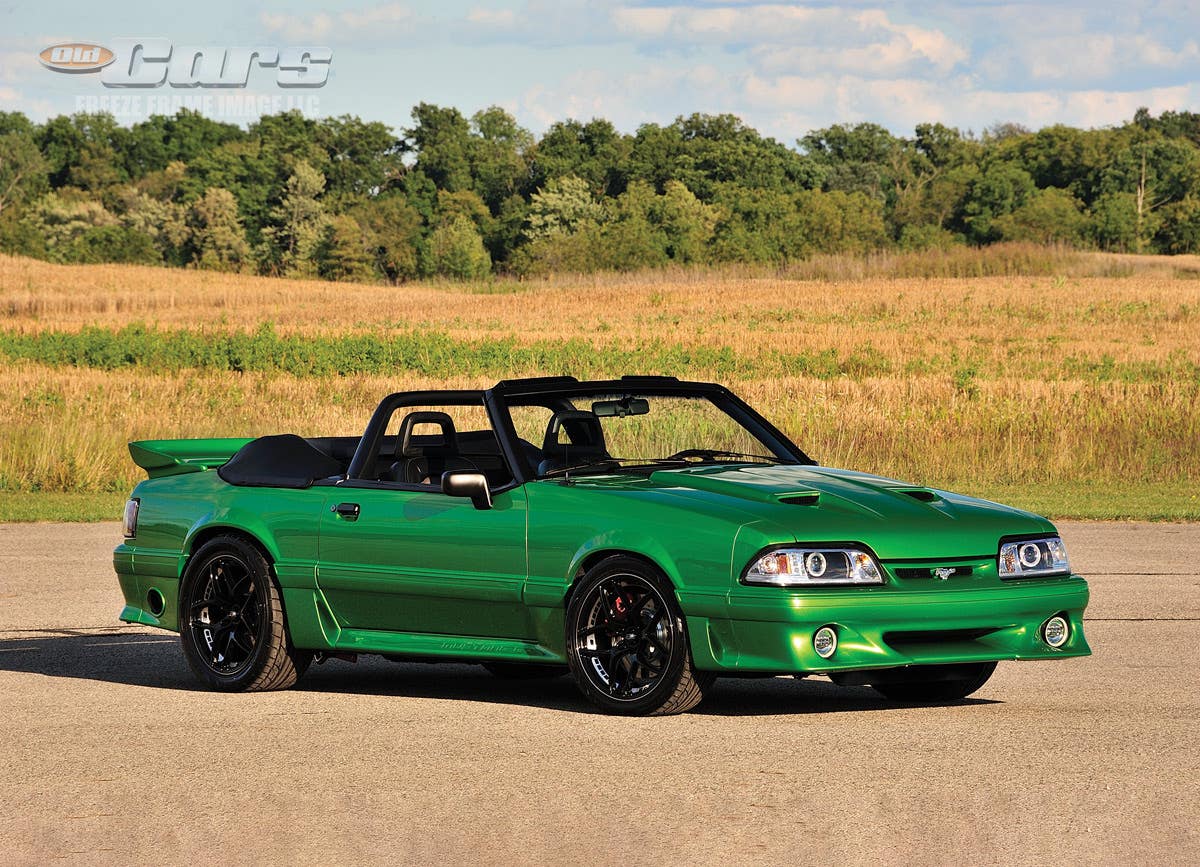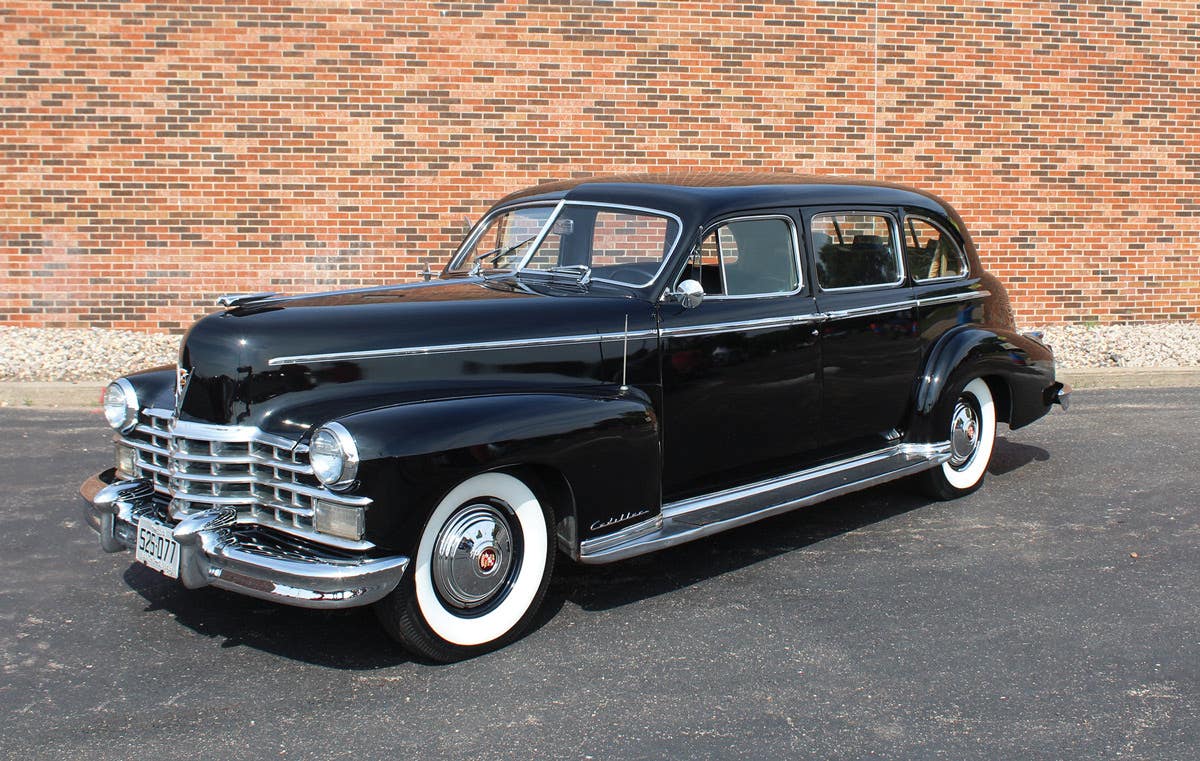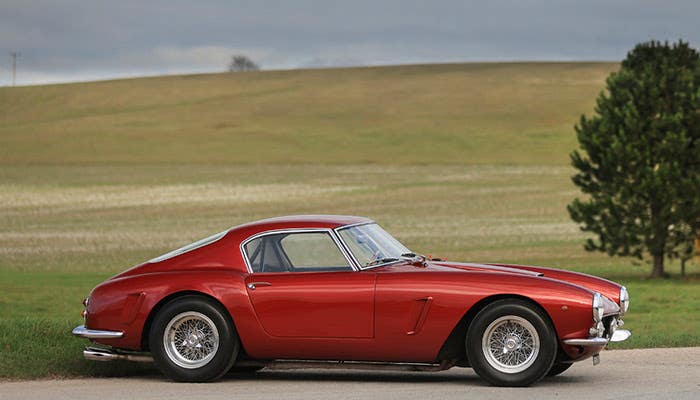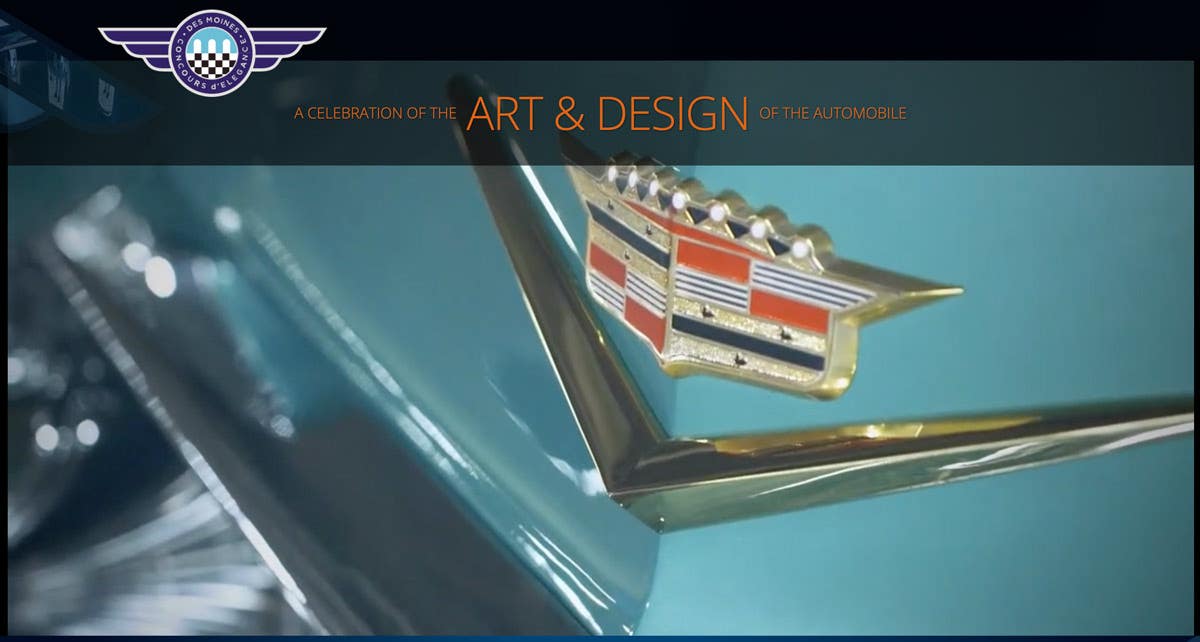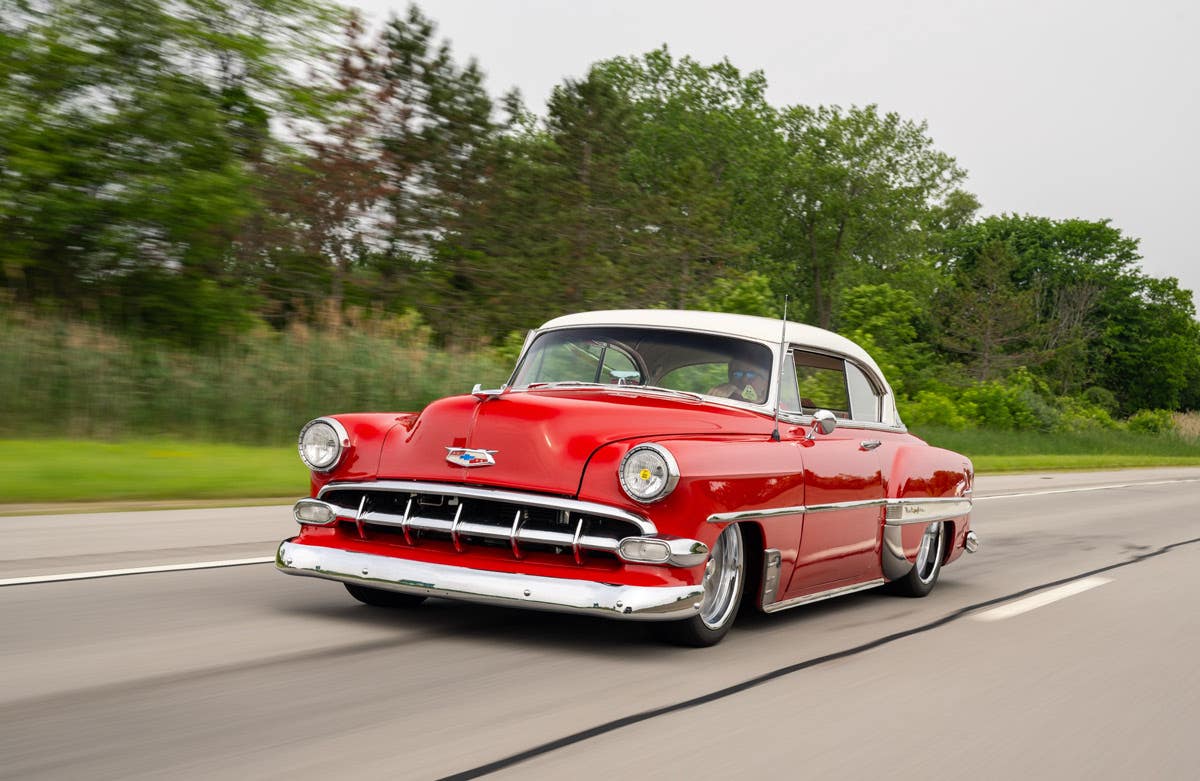Remember the Class of ’62?
As the spotlight moves upon a car reaching the milestone of its 50th birthday, the added visibility can increase its collectibility and value. Since five notable cars that were “all new” in 1962 will be celebrating a golden anniversary this year, it’s worth taking a look at where they’re headed for 2012.
Fabulous at 50: Cars born in 1962 may be 2012’s market leaders
By John Gunnell
As the spotlight moves upon a car reaching the milestone of its 50th birthday, the added visibility can increase its collectibility and value. Since five notable cars that were “all new” in 1962 will be celebrating a golden anniversary this year, it’s worth taking a look at where they’re headed for 2012.
This article runs down those fresh faces from 1962: Shelby’s Cobra, the MGB, Pontiac’s Grand Prix, Ford’s Fairlane and the Chevy II/Nova. We spoke to experts on the five highlighted members of the class of ’62, each possessing various levels of performance, sportiness, luxury and practicality. Any of these cars may make a good automotive investment, so watch for them at the 2012 Arizona auctions.
Shelby Cobra
In January 1962, the mechanics employed by AC Cars had an important project going at the factory in Thames Ditton, Surrey. The job was installing a 260-cid Ford V-8 in a prototype AC sports car chassis with number CSX0001.
After a bit of testing, the engine and transmission were removed. Then the chassis was airlifted to Shelby American in Los Angeles where it arrived on Feb. 2, 1962. Less than eight hours after it landed, Shelby’s team had a similar Ford engine and transmission in the chassis at Dean Moon’s shop in Santa Fe Springs, Calif. After that, the first Shelby Cobra was ready to be road tested and raced.
“The Cobra’s impact in 1962 was huge, and it instantly was the new benchmark of performance for sports cars,” said Colin Comer of Colin’s Classic Cars in Milwaukee, Wis. “If you were a car guy and you didn’t have a Cobra, you wanted one!” Colin says that, unlike most performance cars that are quickly replaced by the next, Cobras became collectible cars very shortly after production ended in 1967.
“Their values have escalated ever since and in recent years have really taken off,” he noted. “Even the most ‘mundane’ (if there is such a thing) Cobra is worth over $400,000, with the best exceeding $10 million. And 50 years on, with just 998 original Cobras of all variations produced from 1962-1967, demand exceeds supply by ever increasing numbers.”
Comer advises that 2012 will be full of 50th anniversary events, including the Cobra being the featured marque at events such as the Monterey Historic Races.
“Shelby American’s nationwide Cobra 50th Tour will only fuel the fire,” he predicts. “The difference between other iconic sports cars that have celebrated 50 years, such as the Jaguar E-Type in 2011, and the Cobra, as far as value and collectibility are concerned, boils down to production numbers. With so few Cobras built, and even fewer ‘good ones’ remaining, just like in 1962, if you don’t have one, you want one. Fifty years is an impressive anniversary for anything, but for a car to reach this milestone and have an even more rabid following and fans than when it was new is certainly an accomplishment.”
MGB
The MGB bowed at the 1962 London Motor Show. With modern styling and more power than previous MG roadsters, the “B” would become a legend. During four years of planning, a roadster and a GT coupe had been envisioned, but only the roadster was sold until 1966. Then, the hatchback MGB GT arrived.
Four basic MGB/MGB GTs were produced over 18 years. The only major styling change was a switch to black rubber bumpers after 1974. The chrome bumper cars of 1963-1966 are called the MKIs; the 1967-1971 versions are MKIIs. A chrome bumper continued on the 1972-1974 MK III, but heavy front bumper guards were added in mid 1973 to meet stricter safety standards. The black-rubber-bumper Series IV cars were sold in model years 1975-’80.
The B was the best-selling MG in history. The British company known as the maker of “America’s first sports car” (the old school TC model) made 387,675 MGB roadsters and 125,597 MGB GTs from 1962-’80.
“The MGB was the first civilized sports car,” says Glenn Lenhard of Glenn’s MG Repair and the British Motor Trade Association. “With its roll-up windows and uni-body construction, it allowed an entire generation to experience the joy of owning a soon-to-be classic British roadster with the benefits of strong construction and simplicity of maintenance. Long live the MGB.”
Glenn likes the MGB’s affordability, as well as its owner-friendly characteristics. “Today, the parts availability and strong club presence means that the children and even grandchildren of the people who enjoyed these cars in the early ’60s are still able to own and enjoy one for less money than the simplest of the daily-transportation class of vehicles on the market,” he said.
Pontiac Grand Prix
Introduced in 1962, the Pontiac Grand Prix was one of the first and most popular General Motors personal-luxury cars of the ’60s. It was also first in a long line of posh Pontiacs, but luxury in the ’60s also meant performance, and the Grand Prix had plenty.
The nameplate was introduced in 1962 and based on a Catalina hardtop. The Grand Prix had straight-lined styling, bucket seats and a console — all popular features. It represented a new way of thinking for exterior design, as it was tastefully restrained and was nearly devoid of bright side trim.
The grille had a fine-mesh design, accented by a racing-inspired “checkered flag” badge. The rear panel was unique to the GP, with a full-width molding that mimicked the grille. The interior was sporty and luxurious with a floor shifter, tachometer and rear speaker. It was available with eight-lug wheels and either three- or four-speed manual transmissions or an automatic.
The standard engine was a 389-cid V-8 four-barrel rated at 303 bhp. There were regular options up to a 348-hp Tri-Power engine, and for the truly obsessed, 16 Grand Prixs were built with Pontiac 421-cid Super Duty engines rated at a staggering 370 bhp. Only one of these cars is known to survive today.
Larry Kummer of the Pontiac Registry (www.pontiac registry.com) had this to say about the Grand Prix anniversary: “Fifty may be nifty as we celebrate the golden anniversary of the Grand Prix, but back in 1962, it was more than nifty — it was way cool. I still remember the snow white Grand Prix with black bucket seats and beautiful eight-lug wheels that our buddy’s older brother brought home one day. Though we were relatively well-off suburbanites, we’d never seen anything like it. The lack of glitter we expected on upper-price cars made the Grand Prix classier and richer in character. It looked race ready and sounded even more so.
“The ’62 Grand Prix was a bold experiment that set the standard for what became the personal luxury car. For many years, the Grand Prix was the high bar in this class.”
As 1960s cars gain popularity in general, look for the Grand Prix to continue to set the bar.
Ford Fairlane
Reborn in 1962 as part of Ford’s mid-sized lineup, the Fairlane was nearly one foot shorter than the full-size Galaxie and eight inches longer than the compact Falcon.
New under the Fairlane’s hood was a lightweight V-8 that was designed using a thin-wall casting. Initially displacing 221 cubic inches, the Fairlane V-8 was 90 lb. lighter and much more compact than the popular Chevrolet small-block V-8.
In mid-year 1962, Ford introduced the Fairlane 500 Sports Coupe with standard bucket seats and a mini-console. Optional was the 260-cid Challenger V-8, a bored-out version of the 221.
“In 1962 Fairlanes, the greatest interest is in the midyear introduction of the Sports Coupe model and 260 V-8,” said Bob Mannel of the Fairlane Owners Club. “The Sports Coupe was a two-door sedan with bucket seats and console, much along the line of what was found in the fancier Falcons. However, it was tailored specifically for the Fairlane.”
According to Bob, the 260 V-8 added 21 more horsepower over the 221-cid V8. “The combination of the sportier model with the most powerful engine option makes this the most desirable of the 1962 Fairlanes today,” Bob said.
Chevy II
When ex-Chevrolet designer Clare MacKichan recalled the creative process that brought us the Chevy II, he said, “There was no time for experimentation or doodling around with new ideas from either the engineers or from us in design. It had to be a basic-type car.”
The 1962 Chevy II was aimed at the Ford Falcon. “I think that was the quickest program we ever did at any time,” MacKichan continued. “We worked night and day on that car and it didn’t take very long to run it through our shop because we had a deadline.” And that’s what made the Chevy II one of the fastest new-car programs in GM history. Just 18 months after the designers received the green light, the first production Chevy II rolled off the Willow Run, Mich., assembly line in August 1961, in time for introduction as a 1962 model.
The Chevy II was a back-to-basics compact. When he announced the Chevy II to the press, Chevrolet General Manager Ed Cole described it as “maximum functionalism with thrift.” The car was of semi-unibody construction, having a bolt-on front section joined to its unitized cabin and trunk rear section, available in two-door coupe and four-door sedan configurations as well as convertible and station wagon versions. The 1962 Chevy II came in three series and five body styles. Available engines were a 153-cid four and a 194-cid six.
“Chevy II: Fifty years and still way ahead of the pack,” says Doug Marion, author of the F+W Media book “Chevy II Nova” and former editor of Super Chevy magazine. “The first-year Chevy II has never gone out of style. Add an LS-engine to a Chevy II and it’s two things: king of the road and queen of the gas station.”
Chevy IIs have been popular for the past decade, and expect that popularity to remain consistent, if not grow in the face of high fuel prices and the increasing popularity of small collector cars.
Got Old Cars?
If you don't subscribe to Old Cars Weekly magazine, you're missing out on the only weekly magazine in the car hobby. And we'll deliver 54 issues a year right to your mailbox every week for less than the price of a oil change! Click here to see what you're missing with Old Cars Weekly!
More Resources for Car Collectors:
- Classic car price guides, research, books, back issues of Old Cars Weekly & more
- Get expert restoration advice for your classic car
- Get car pricing, data and history all in one place
- Sign up for Old Cars Weekly's FREE email newsletter
- Need to buy or sell your classic car? Looking for parts or memorabilia? Search our huge online classified marketplace



